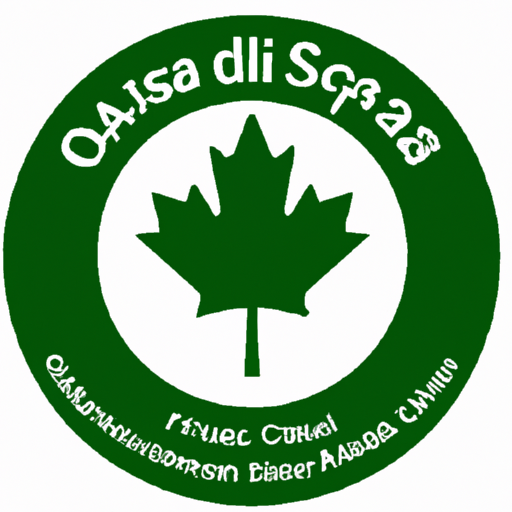Opioid Crisis in Canada: A Deep Dive into the Saskatchewan Scenario
A recent article I read on APTN National News caught my attention. It highlighted the harsh realities of the opioid crisis, which is causing grievous harm and havoc in First Nations communities in Saskatchewan and throughout Canada. This crisis has reached astounding levels, prompting First Nations leaders to take a stance and seek justice through the elderly and newborn opioid class action.
The opioid crisis, a widespread problem in the country, has prompted a deep-seated challenge in public health issues, ranging from homelessness and crime to critical health issues like overdoses and deaths. Saskatchewan, known for its boundless fields of wheat, has a tragic side of the story – it is grappling with a stark rise in opioid-related deaths.
The Dark Reality of the Opioid Crisis
According to the article, various factors are propelling the opioid crisis. Myriad elements – from lack of education and job opportunities to homelessness and inadequate community and healthcare assistance – have fueled addiction rates. Many have turned to opioids as a false refuge from their problems, only to be thrown into a downward spiral of addiction, crime, and myriad social issues.
Negative Impacts of the Opioid Crisis
The repercussions of the opioid crisis are not just limited to individuals. It has a profound societal impact, which is reflected in the following ways:
- An increase in crime rates, borne out of desperation to fund drug addictions.
- A surge in homelessness as addiction makes it difficult for these individuals to maintain stability in their lives.
- The burden on the healthcare system, given the rise in opioid-related illnesses, overdoses, and deaths.
- A decline in overall community health and wellbeing.
Countering the Crisis
The Saskatchewan opioid class action shines a light on the effort to hold big pharma accountable. There is a growing realization that drug-makers, in their quest for profits, may have misrepresented the addiction risks associated with opioids. The opioid class action seeks reparations to help fund vital community resources like education, prevention initiatives, and rehabilitation services.
The First Nations and their leaders have also stepped up, administering life-saving naloxone to counter overdoses and providing culturally sensitive treatment and support programs for people caught in the chains of addiction.
What More Can Be Done?
Evidently, more needs to be done to provide substantial support to these communities affected by the opioid crisis. Some of the suggested measures include:
- Providing more funding for opioid addiction prevention and treatment programs.
- Improving socio-economic conditions and create job opportunities for these communities.
- Investing in mental health services to tackle addiction at the root.
- Providing training on using naloxone kits to counter overdose incidents.
Wrapping Up…
In closing, it’s essential to realize that the opioid crisis is not a solitary problem, but a symptomatic manifestation of a plethora of underlying socio-economic challenges. While the opioid class action and increased naloxone accessibility are positive steps towards tackling the crisis, much more needs to be done to target the root causes of addiction and provide adequate support to Saskatchewan’s First Nations communities. We must tackle the crisis with empathy, compassion, and comprehensive strategies that entail education, prevention, treatment, and recovery to address this issue in a sustainable way.


